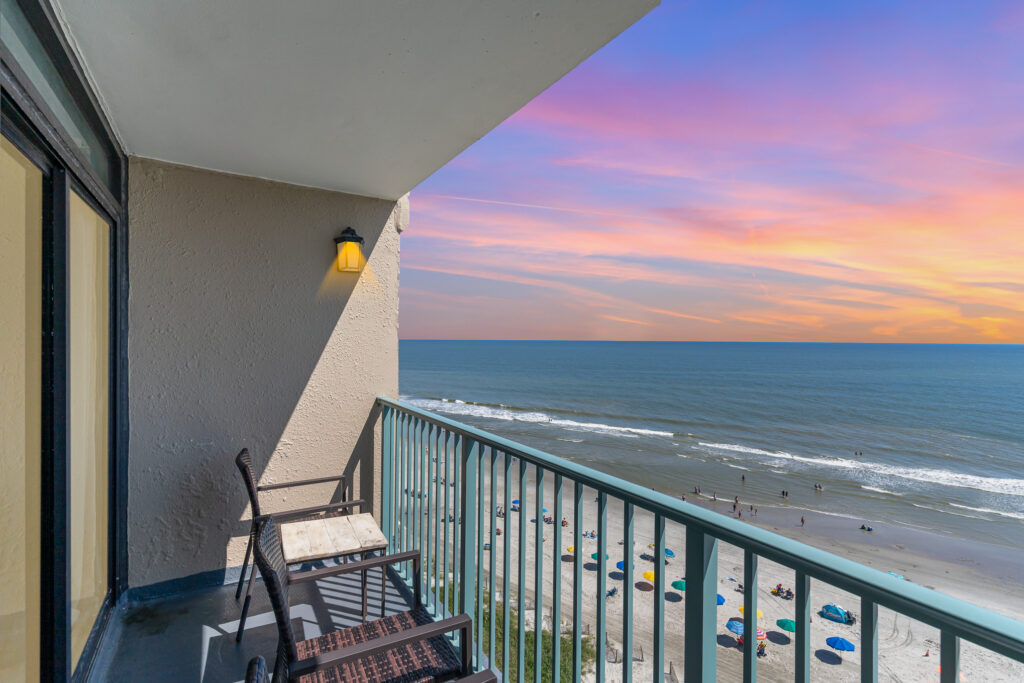This is an example of a blog post format. You can paste your content into this page, section by section, and then format as directed below. Formatting your blogs for ease of reading as well as for SEO optimization is extremely important. If you are not doing this correctly, you may as not be creating content at all – you are wasting time.
When creating a blog post, be sure to:
Use h2 headlines like this for Search Optimization
Headlines should include keywords or key phrases. If you have not conducted keyword research for your destination, you should do this before writing blogs.
Your posts should contain content that provides details about the keywords used. Do keyword research in advance and link your blogs in a spiderweb format. This will help your readers stay on your site longer and signal to Google that your content is relevant to the search.
Contact me for information about my content marketing spiderweb approach to ensure all of your blogs are optimized for search, link to corresponding blog posts and other site content, and link out to external resources.

Use images throughout your post
Images reinforce your content, provide FOMO (fear of missing out) and increase the time spent on the page.
When using images, be sure to add ALT tags to the details that describe the image and provide keywords for SEO.
There are several different image styles and formats that can be used on the site.
Use h3 headlines for subheadings.
Again, use keywords when possible to enforce the subject matter and let Google know what your content is about. Each post can have several keywords.
Your content should be well-researched and interesting – write for your readers, not Google.
Be sure your blog is long enough and provides interesting content for your readers. Generic, AI-generated content will hurt your chances of ranking for your subject matter. Your blogs should be fun, informative, and personable and showcase your knowledge of the destination—this increases trust. Be sure to stick with a consistent brand voice and personality.
Grow your email list by using blog content
Link your destination guide or other lead magnet to grow your email list. Ask people to sign up for an email to get more details about your area and to stay informed.
Format the post info correctly.
Use the “Post” settings on the right side of the blog editor to ensure your post is set up well for SEO and looks great across your website. You should write a short, catchy excerpt and categorize your content into at least one category (and remove the uncategorized category).
Additionally, add a featured image. All featured images should be the same size. I use 1366X768 pixels. You can use my canvas template here for your posts. (When sharing links, be sure they open in a new tab in the link settings.)
Share your vacation rental info
Don’t assume your readers know you have a vacation rental business. They may have found the blog through Google, Facebook or other means. Each post should include some information about your vacation rentals and encourage readers to check availability or read more.
Don’t skip SEO Settings
I use RANK MATH, a great tool for SEO optimization. Be sure to check all of your SEO settings in rank math, including
- Write the Google Snippet (meta description). Include keywords
- Change the social sharing image if desired. Otherwise your featured photo will be the default share image.
- Check your headlines, content and image alt tags to ensure you are focused on keywords
- Submit your blog to Google Search Console after you have written it.
Additional blogging tips
Don’t use the h1, h2, or h3 formatting to resize text fonts. They should be used correctly for Search Engine Optimization, and overusing them can cause confusion. (Do not use h1 tags at all, the only h1 on the page should be your title)
Use Grammarly or Hemingway tools to simplify your blog content – you want to write for readers with an 8th grade education.
Include at least two links in your blog post – more if possible. Use a mix of internal and external links.
Watch your blog comments or turn comments off. Spam comments are annoying and detract from the content. It also makes your website look cluttered and unkempt.
Share your blog. Don’t wait for people to find it; share it on social media and in your emails. If you write about local businesses, be sure and send to the business owner or tag them in a social post to encourage them to share it with their readers.
Get help from me
You may not know this, but I am a content marketer. I’ve built high-performing blogs that rank on Google in competitive destinations, including Big Bear, California, the Florida Keys, the Texas Hill Country, and the Blue Ridge Mountains. I offer a done-for-you blogging and SEO optimization service, as well as two courses on blogging, keyword research and creating editorial content.

